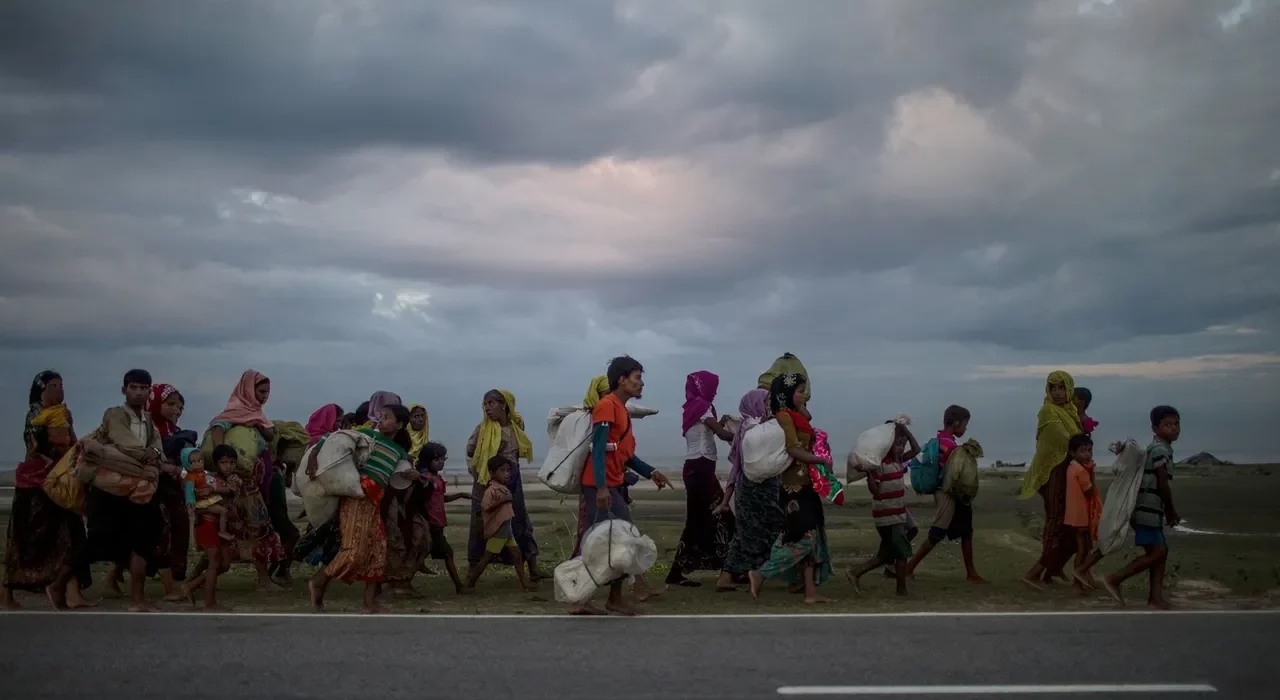The Role of Local Governments in Addressing Climate-Induced Migration

Introduction
Climate-induced migration is becoming a growing global concern as changing weather patterns, rising sea levels, and extreme weather events force communities to abandon their homes. While international bodies play a significant role in addressing climate migration, local governments are uniquely positioned to manage its impacts and provide solutions that integrate into regional development strategies. In this article, we’ll explore how local governments can address climate-induced migration through proactive policies, community support, and sustainable urban planning.
The Impact of Climate Change on Migration
Climate change has led to more frequent and severe natural disasters, including hurricanes, floods, droughts, and wildfires. For many vulnerable populations, especially in coastal and low-lying areas, the immediate impact of these events is displacement. The displacement caused by climate change doesn’t always result in international migration. Often, people migrate within their own countries, moving from rural areas to urban centers, or even across local regions. These internal migrations present significant challenges for local governments tasked with accommodating displaced populations and mitigating their impact on local resources and infrastructure.
The Role of Local Governments in Migration Management
Local governments, particularly in urban areas, play a crucial role in providing immediate relief and long-term support for climate migrants. This includes ensuring access to basic services, like healthcare, education, and housing, for displaced populations. They also manage the integration of migrants into the local economy and society, which often involves:
- Housing and Infrastructure: Planning for an influx of migrants requires careful urban planning and the provision of adequate housing, sanitation, and transportation services. Local governments must balance the needs of both new migrants and existing residents to avoid overcrowding and resource depletion.
- Social Integration and Services: Integration policies need to be in place to ensure that migrants can access essential services, including social support, language training, and employment opportunities. Local governments should foster inclusivity to ensure social cohesion and prevent potential conflict.
- Health and Education: Providing healthcare and educational opportunities for climate migrants is essential for maintaining public health and well-being. Local authorities must allocate resources to ensure that climate migrants are not left behind in terms of access to healthcare services, including mental health support, and educational opportunities for children and adults.
Policy Development and Collaboration
Local governments must work collaboratively with national governments, non-governmental organizations (NGOs), and international bodies to develop policies that address the root causes of climate-induced migration while also providing immediate relief. Some key areas for policy development include:
- Disaster Preparedness and Mitigation: Local governments must work to reduce the impact of climate-related events through mitigation strategies, such as flood control infrastructure, early warning systems, and sustainable land-use planning. These initiatives help reduce the number of people forced to migrate due to environmental damage.
- Climate Adaptation Plans: Local authorities should focus on helping vulnerable communities adapt to changing climate conditions by promoting sustainable agricultural practices, resilient housing construction, and water management systems. In doing so, they can reduce displacement and support sustainable development.
- Migration Law and Protection: Local governments can play a role in enacting migration policies that provide climate migrants with legal protection, allowing them access to services and employment opportunities. Additionally, cities can advocate for the recognition of climate-induced migration at national and international levels.
Challenges in Managing Climate-Induced Migration
While local governments have a crucial role to play, they face several challenges in managing climate-induced migration:
- Resource Constraints: Local governments often operate under tight budgets and limited resources, making it difficult to provide the necessary infrastructure and services for displaced populations. External financial and technical support may be required to alleviate these constraints.
- Political and Social Tensions: The arrival of large numbers of climate migrants can strain relationships between local communities, potentially leading to social tensions. Local governments need to ensure that integration efforts are inclusive and promote social harmony.
- Coordination with National and International Bodies: Climate-induced migration is a global issue, and local governments must align their efforts with national policies and international frameworks. This requires strong coordination to ensure that resources and support are appropriately distributed.
Conclusion
Local governments play an essential role in addressing the challenges posed by climate-induced migration. By developing effective policies, collaborating with national and international stakeholders, and investing in infrastructure and services, local governments can ensure that displaced populations are integrated and supported in their new communities. However, addressing climate-induced migration requires a comprehensive, long-term approach that takes into account both the immediate needs of migrants and the sustainability of local communities. The proactive steps taken by local governments can not only alleviate the impact of climate migration but also contribute to creating more resilient and sustainable urban environments for the future.










